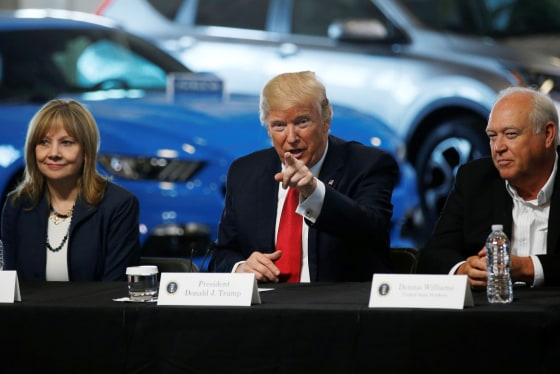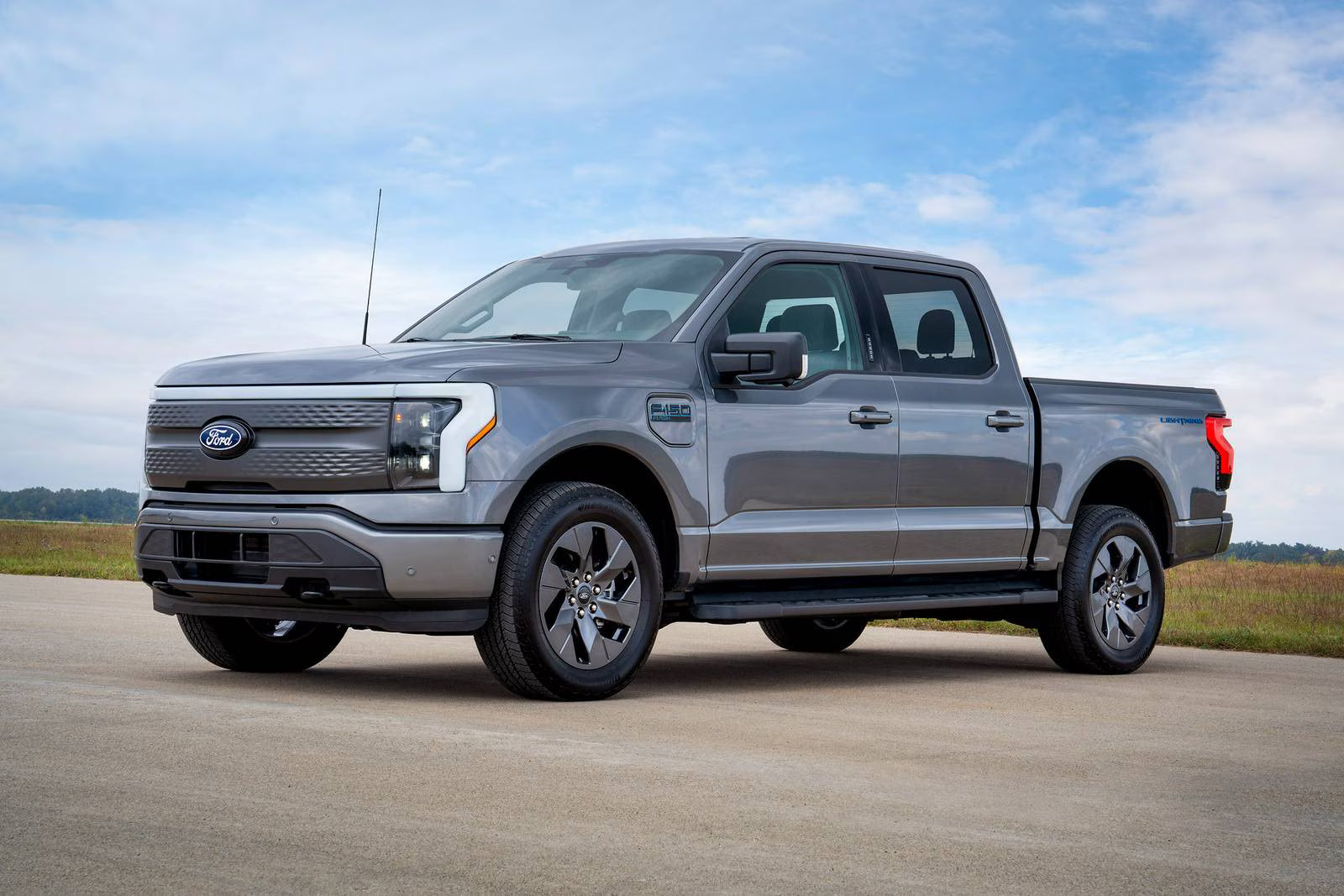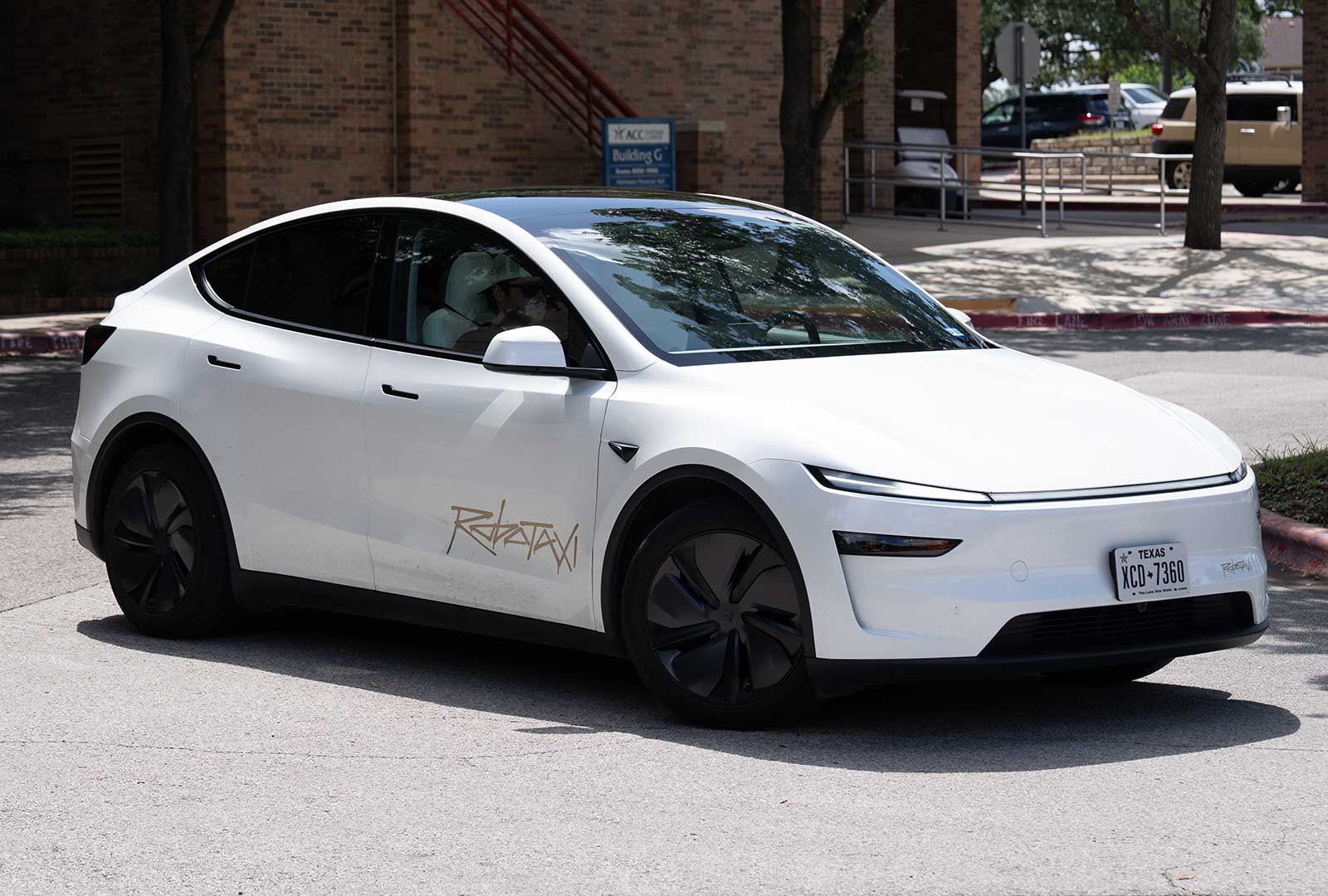À l'occasion du retour au pouvoir du président Donald Trump en 2025, son administration n'a pas tardé à revenir sur de nombreuses mesures incitatives en faveur des véhicules électriques (VE) et politiques d'énergie propre mises en place sous l'ère Biden. Avec des reculs radicaux concernant les crédits d'impôt pour les VE , les règles d'émissions de l'EPA et le financement des infrastructures, ces changements marquent une rupture radicale avec le programme vert de l'administration précédente.
Mais au-delà des implications nationales, la position anti-VE de Trump pourrait considérablement nuire à la compétitivité des États-Unis dans la course mondiale aux technologies propres, en particulier face à l'Europe et à la Chine, qui redoublent d'efforts en matière de mobilité électrique et de leadership en matière d'énergies renouvelables.
Les six premiers mois de Trump : un programme clairement anti-véhicules électriques
Au cours de ses six premiers mois de retour au pouvoir, Trump a déjà pris des mesures pour démanteler ou affaiblir plusieurs mesures clés en faveur des véhicules électriques, notamment :
- Éliminer ou limiter sévèrement le crédit d’impôt fédéral de 7 500 $ pour les véhicules électriques.
- Annulation des normes d’émissions de l’EPA , permettant aux constructeurs automobiles de continuer à produire davantage de véhicules à essence.
- Réorienter les fonds fédéraux destinés aux infrastructures pour véhicules électriques , ralentissant ainsi l’expansion des réseaux de recharge dans les zones rurales et suburbaines.
- Proposition de tarifs douaniers à l'importation sur les véhicules électriques et les composants chinois, tout en décourageant l’investissement national dans la fabrication de batteries avec des incitations instables.
Ces mesures peuvent intéresser certains segments de l’industrie des combustibles fossiles et des constructeurs automobiles traditionnels, mais elles envoient également un message inquiétant aux investisseurs et aux consommateurs : les États-Unis pourraient se retirer de leurs engagements en matière de technologies propres.
Pendant ce temps, l'Europe et la Chine avancent
Alors que la politique américaine s’inverse, l’Europe et la Chine accélèrent leur transition vers les énergies propres :
- L'interdiction des nouveaux véhicules à moteur à combustion interne dans l'UE d'ici 2035 reste sur la bonne voie, soutenue par de fortes subventions aux véhicules électriques et par l'expansion des infrastructures.
- La Chine représentait plus de 60 % des ventes mondiales de véhicules électriques en 2024 , et ses marques nationales comme BYD et NIO continuent de gagner des parts de marché à l'étranger.
- L’Europe et la Chine investissent massivement dans la modernisation du réseau électrique, la production de batteries et la recharge à haut rendement , positionnant ainsi leurs économies pour être en tête de la prochaine phase de la mobilité.
En revanche, les fabricants américains sont confrontés à l’incertitude quant aux objectifs réglementaires et à la demande des consommateurs, facteurs clés qui influencent la R&D à long terme et les investissements dans les usines .
Impact sur l'industrie et les consommateurs des véhicules électriques aux États-Unis
Le changement de politique de Trump n'affecte pas seulement la géopolitique. Il a des conséquences immédiates sur les fabricants, les fournisseurs de recharge et les consommateurs.
- Ralentissement de l’innovation : avec la réduction des incitations gouvernementales, les petites entreprises du secteur de la recharge des véhicules électriques, en particulier sur les marchés des chargeurs portables et des chargeurs de niveau 2 , pourraient avoir plus de mal à être compétitives ou à évoluer.
- Lacunes en matière d'infrastructures : le ralentissement des investissements dans les infrastructures pour véhicules électriques, en particulier pour les normes domestiques courantes telles que les prises NEMA 14-50 , limite l'adoption sur les principaux marchés suburbains et ruraux.
- Instabilité des prix : sans crédits d’impôt, de nombreux modèles de véhicules électriques deviennent considérablement plus chers, ce qui réduit potentiellement la clientèle des véhicules et des accessoires.
-
Incertitude en matière d’investissement : les capitaux publics et privés pourraient se détourner des entreprises de technologies propres basées aux États-Unis et se diriger vers des environnements politiques plus stables à l’étranger.
Le secteur privé peut-il combler le vide ?
Alors que le soutien fédéral s'affaiblit, certains États et acteurs du secteur privé tentent de combler le vide . Des États comme la Californie et New York continuent d'offrir des rabais sur les véhicules électriques et investissent dans la modernisation du réseau électrique. Parallèlement, des entreprises comme EVDANCE s'efforcent de rendre accessibles à un marché plus large des solutions de recharge à domicile abordables, telles que les chargeurs et adaptateurs de niveau 2 prêts à l'emploi.
Mais même avec l’innovation et la résilience, la clarté des politiques au niveau fédéral reste essentielle pour la croissance et la compétitivité à long terme.
Conclusion : les États-Unis risquent de prendre du retard
Si la tendance actuelle se poursuit, les États-Unis risquent de perdre pied sur le marché mondial des technologies propres, en pleine expansion. La Chine et l'UE ne ralentissent pas , elles progressent à toute vitesse. Et à moins que les États-Unis ne renouent avec un engagement clair et cohérent en faveur du développement et de la durabilité des véhicules électriques, ils risquent d'être laissés pour compte en tant que consommateurs, et non comme leaders, lors de la prochaine révolution industrielle.
Dans un monde où l’indépendance énergétique, la résilience de la chaîne d’approvisionnement et la durabilité environnementale sont de plus en plus étroitement liées, revenir sur la politique relative aux véhicules électriques n’est pas seulement une vision à court terme, c’est aussi stratégiquement dangereux.
Lecture recommandée : Comprendre la nouvelle déduction des intérêts sur les prêts pour véhicules électriques








Partager:
Comprendre la prise NEMA 14-30 pour la recharge des véhicules électriques : un guide complet
Test d'endurance de la Kia EV4 : 9 000 km au Nürburgring, 95 % de batterie en bon état, 70 % de garantie